 Our family recently suffered the sudden & tragic loss of our beloved little rescue dog, Chewie.
Our family recently suffered the sudden & tragic loss of our beloved little rescue dog, Chewie.
I am sharing his story in the hopes of helping your family to keep your four legged family members safe.
We love our beautiful neighborhood Oak Trees. We chose to move to the St. Andrew’s neighborhood in Woodcreek Oaks largely because of the unique natural beauty that our majestic Oak trees provide. However, we didn’t know how dangerous the acorns could be to our pets, and particularly at this time of year (Autumn/Winter).
Acorns contain gallotannins (also commonly called tannins), and they can be toxic to dogs (they are toxic to animals in general, but they tend to be too big for most cats to bother with), causing everything from nausea to kidney & liver damage or failure, as well as digestive obstructions in smaller dogs or if several acorns are eaten or larger pieces are swallowed. Even if these acorn shards don’t form an obstruction in the digestive system, they can also cause tears in the intestines resulting in damage and internal bleeding.
Consistent consumption of even small amounts of acorns can cause progressive liver and kidney problems, and larger quantities can cause death. To make matters worse, in Autumn (and during milder Winter periods) oak trees drop green acorns, and they are particularly high in these toxic tannins. Smaller breeds are prone to hemorrhagic gastroenteritis (symptoms include vomit & diarrhea containing blood), and this condition can lead to Bacterial Translocation, which is often fatal.
In addition to the higher toxic tannin levels, once the acorns are on the ground, they can form mold on them. This mold forms from being in bark or under decaying leaves. Mold consumption can cause Tremorgenic Mycotoxins in dogs, and act as a neurotoxin that can cause tremors, seizures and sometimes death.
I am sharing this information because I didn’t know how hazardous acorns could be to our pets, and especially at this time year. I have talked to several pet owners since our terrible tragedy, and none of them have known about the toxicity of acorns, not to mention the fact that this is the most dangerous time of year for your animal to consume them.
Please reference some of the links below, and if your pet is mysteriously sick with vomiting, and exhibiting the symptoms described, then be sure to mention to your Veterinarian if you think they might have consumed acorns. Most Veterinarians won’t automatically ask or assume acorn consumption. Acorns tend to be bitter, so the assumption is that dogs won’t be interested in chewing on them. However, since our tragedy in the last week, I have had several dog owners tell me that their dogs like to find acorns and munch on them. None of these dog owners were aware of the potential hazards, so I was grateful that I was able to share this information with them for the future. In our specific neighborhood areas, our dogs have access to an abundance of acorns, due to the huge established oak trees that we have all throughout the Woodcreek Oaks area of Roseville. We wish that we had known about these potential hazards much earlier, and please spread the word, so that your neighborhood pets can be safe through this time of year.
Chewie’s Story:
We adopted Chewie in 2022 He had been confiscated from his owner, and then in a Shelter for 9 months. He wasn’t a puppy or even a young dog, but thankfully a Sanctuary had taken him and had him neutered while advertising him on PetFinder.com to find a permanent home. We went to meet him on a weekend afternoon, and adored him immediately, so we brought him home that day.
Chewie loved humans, but those long months in the Shelter left him with Shelter PTSD and hyper-vigilance with other dogs, even after we took him to training classes. He also continued to have a food scarcity tendency that led to him to constantly search for food. He would try to get into the trash compactor, and knock over wastepaper baskets looking for wrappers or napkins, and eating weird things in general. If they had any food smell (even dental floss), in the end we couldn’t save him from eating things that could harm him, but many dogs have some of these tendencies, so I hope to help others by sharing his story.
Here are some of my many photos of my beloved little Chewie Monster. He loved to “go to work” and enjoyed the days that I had lots of computer time, so he could be a lap dog. He was my sweet boy, and it is hard to believe that he won’t be sitting around with his tongue sticking out (he was missing most of his front teeth from poor care before we adopted him), his Yoda bath ears (he was a champ at letting me wash and dry him) or our walks together and rides in the car to pick up the kids. He was our little buddy, and the house feels empty without him.
We are taking consolation in knowing that he was hugged, kissed and adored every day of the 13 1/2 months since our gotcha day, so we hope that helped make up for the first 6 or 7 years of his life.
Chewie was a blessing to us, and I hope that sharing his story can make a difference for someone else, to avoid this terrible loss.
Below are some photos of Chewbacca Wookiee McCarthy (A.K.A.- Chewie)
I wish you, your family, and your pets a safe holiday season.




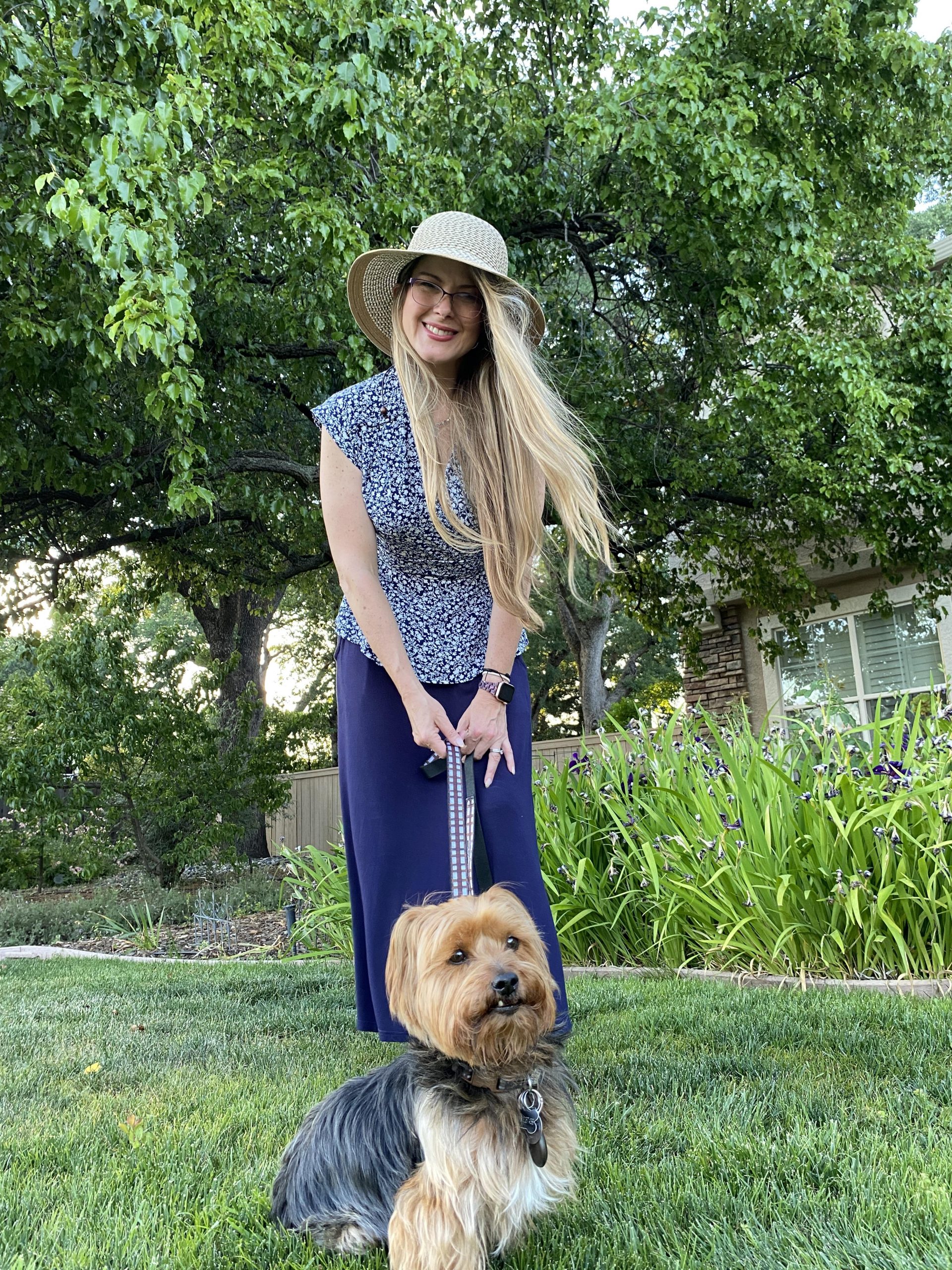
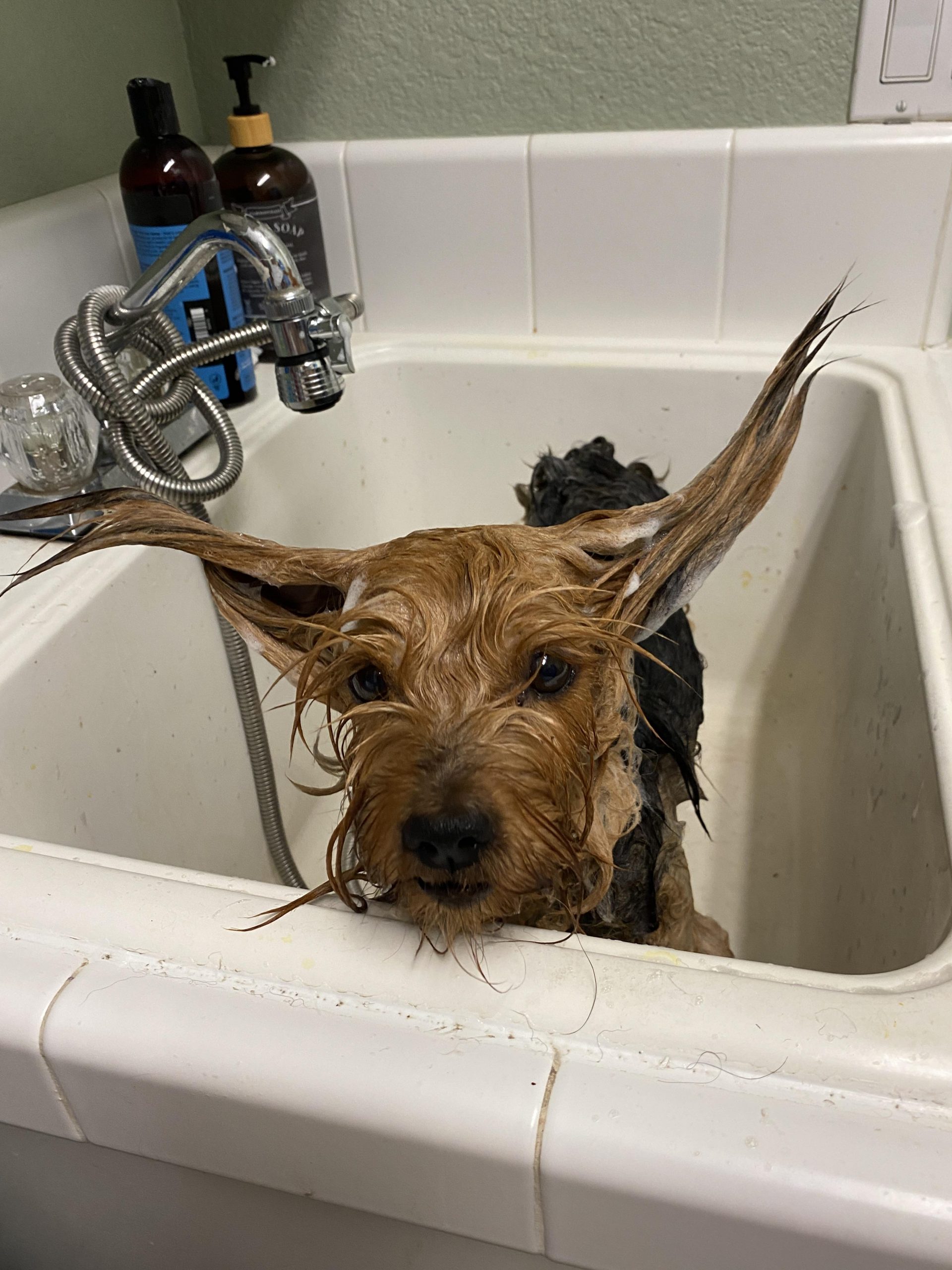
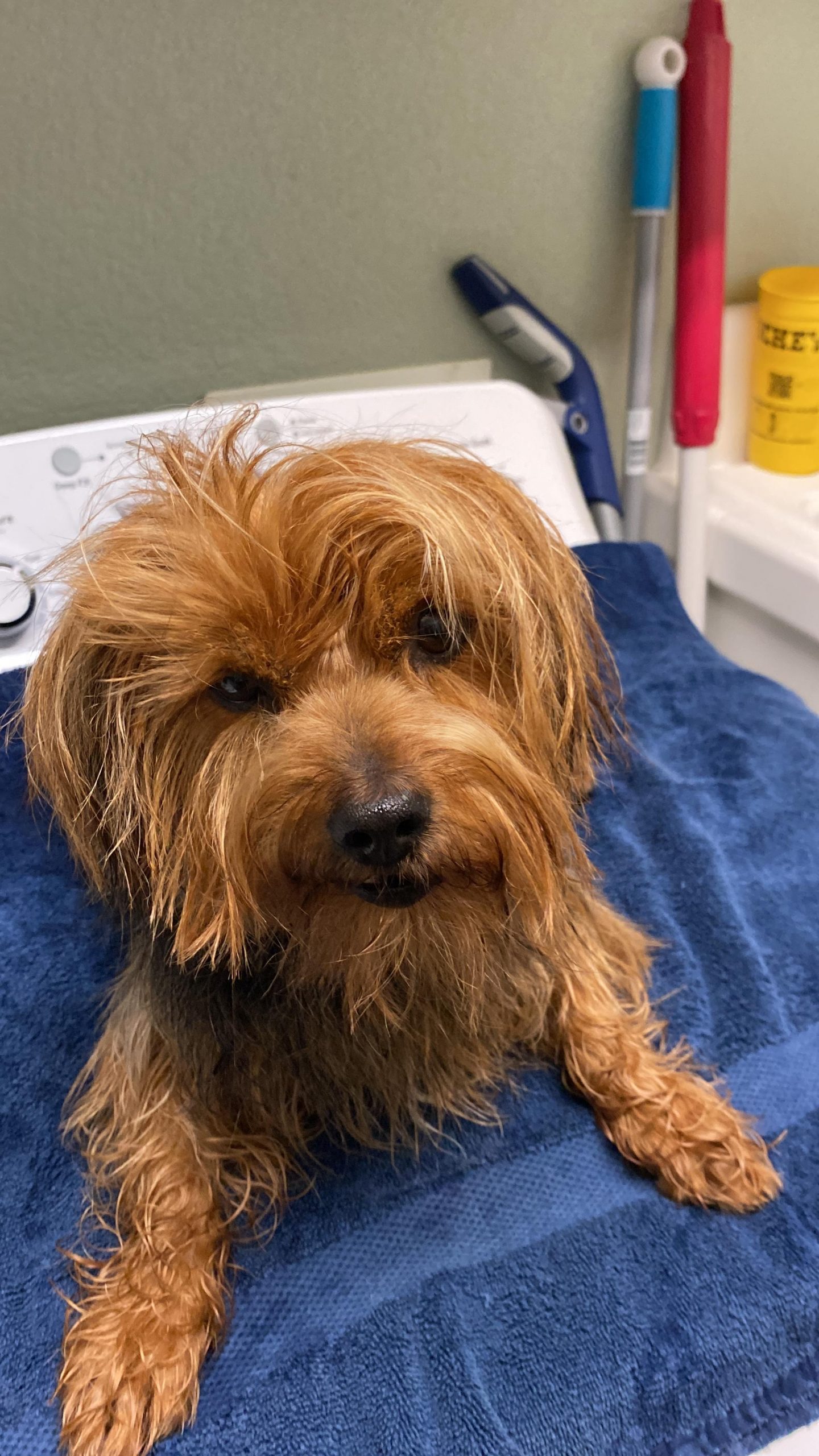


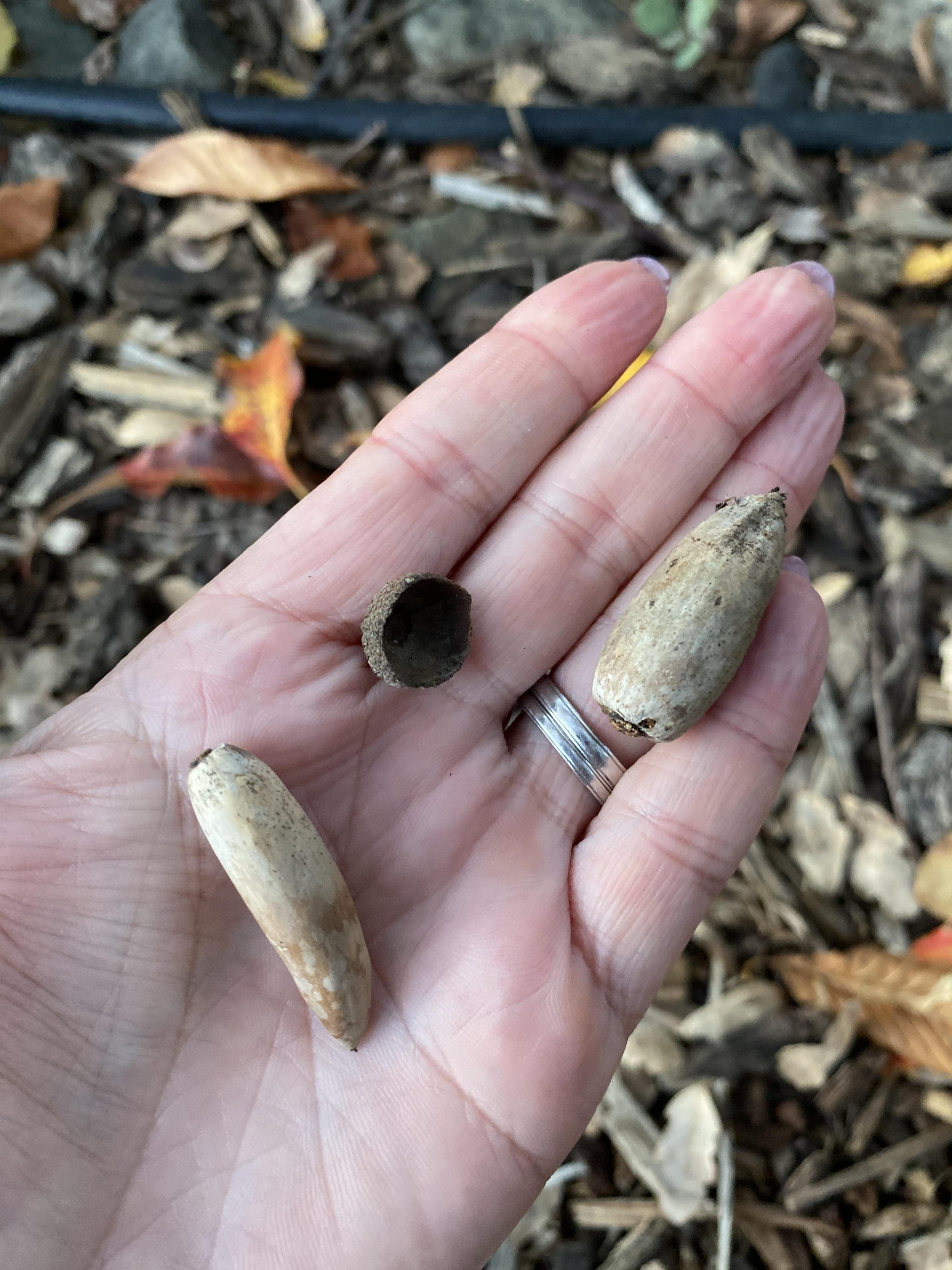
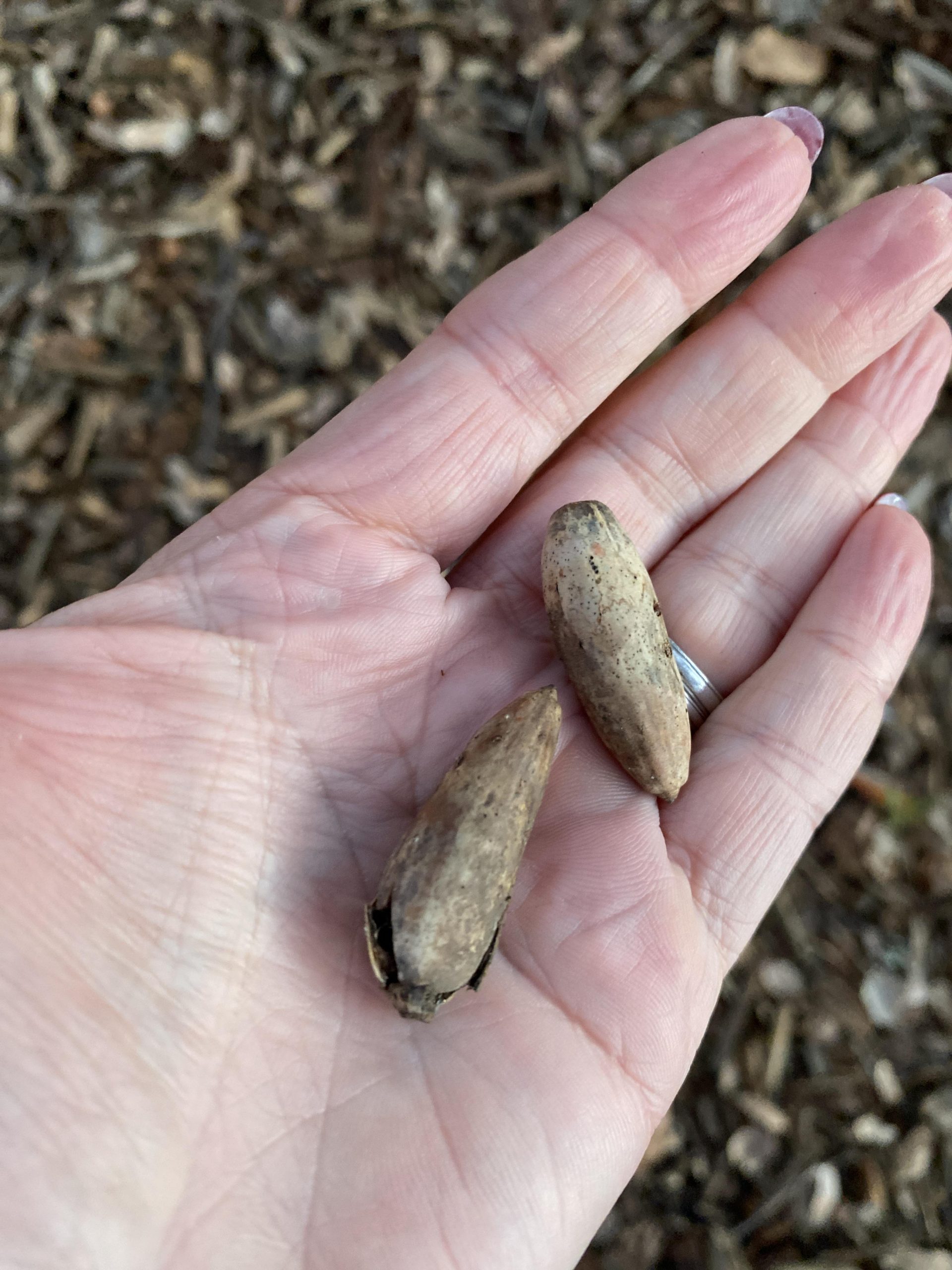


We miss our sweet little Chewie Monster this Christmas, and I hope that his story can help someone else.
Links Below:
https://www.akc.org/expert-advice/nutrition/can-dogs-eat-acorns-and-other-tree-nuts/?fbclid=IwAR3pYZg9qZhcGr8g8UtbR0LAZvzGadSFxzOCzaHO6Yhe-qWK7obzx8HStQs#:~:text=A%20dog%20may%20also%20experience,green%20acorns%20in%20the%20autumn



 Facebook
Facebook
 X
X
 Pinterest
Pinterest
 Copy Link
Copy Link

